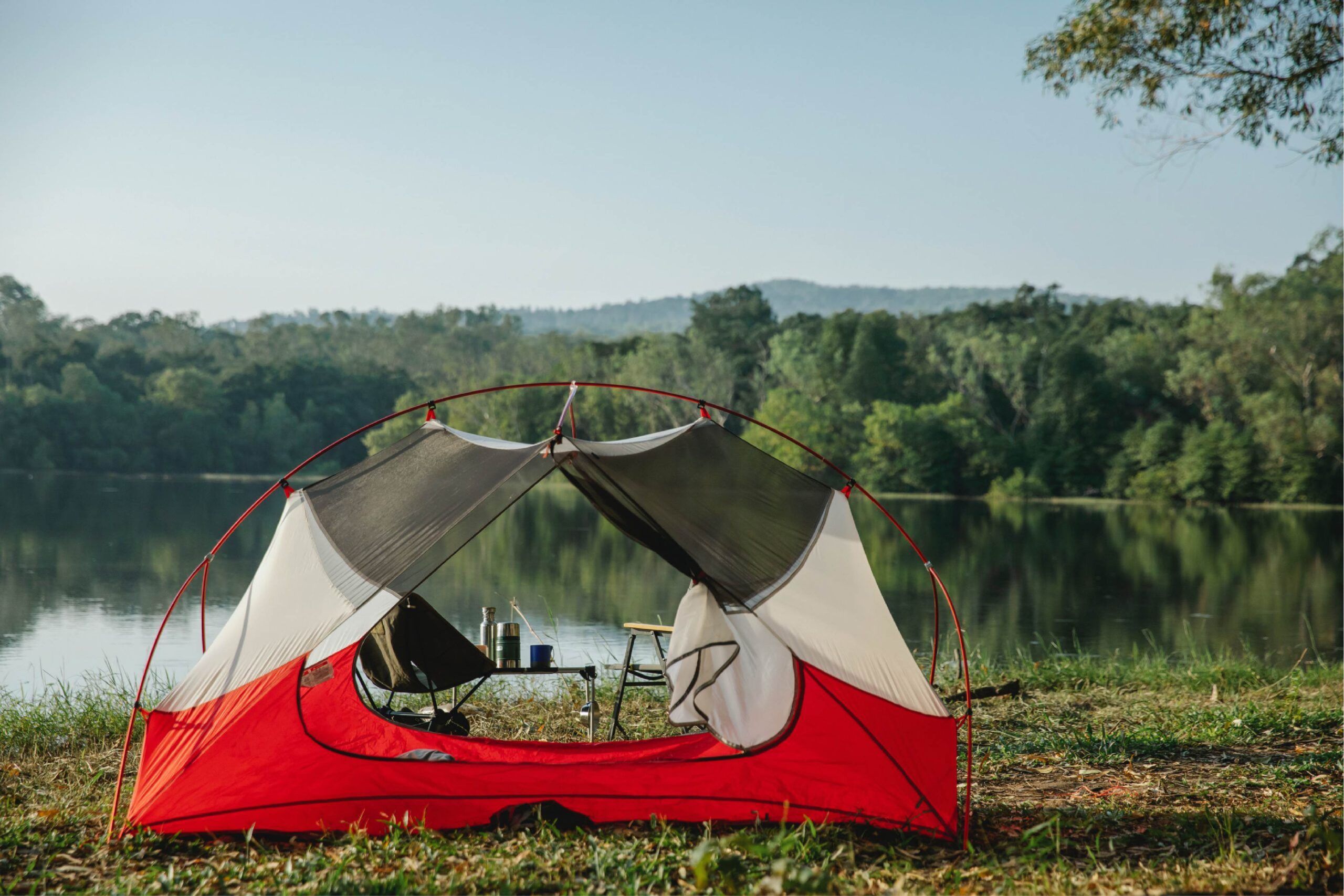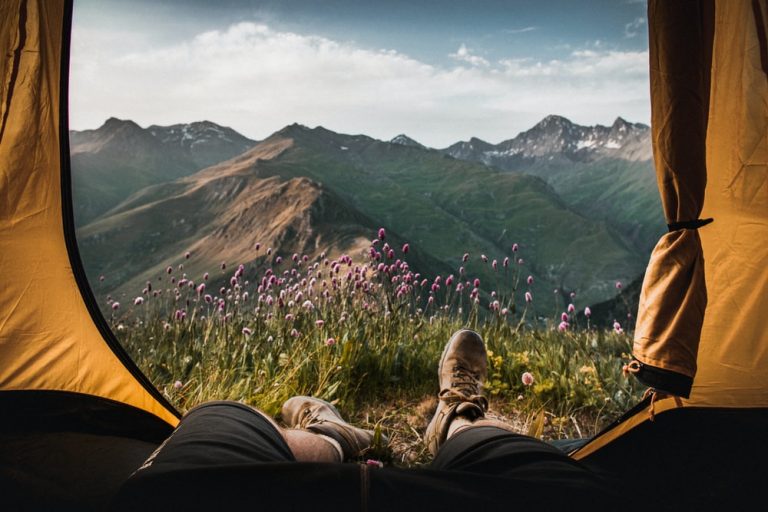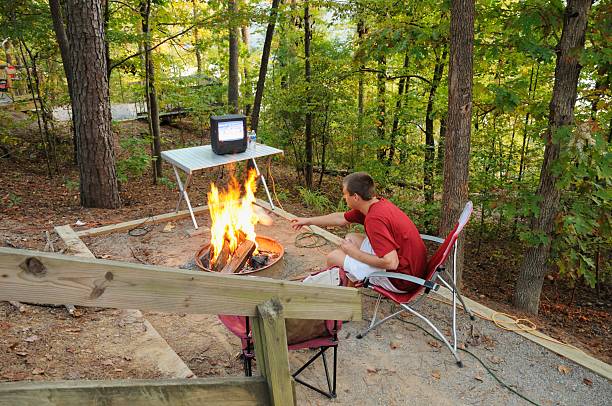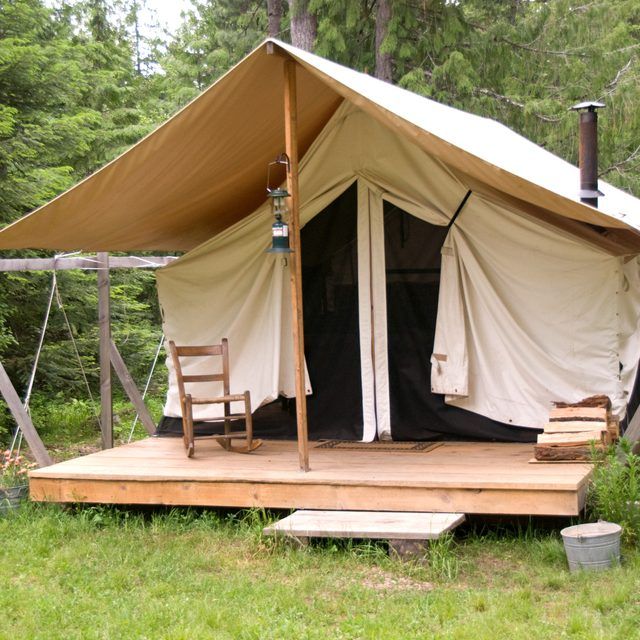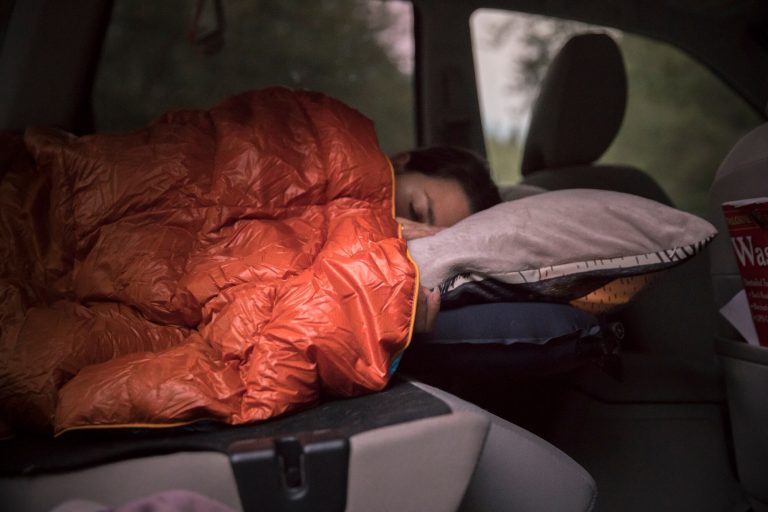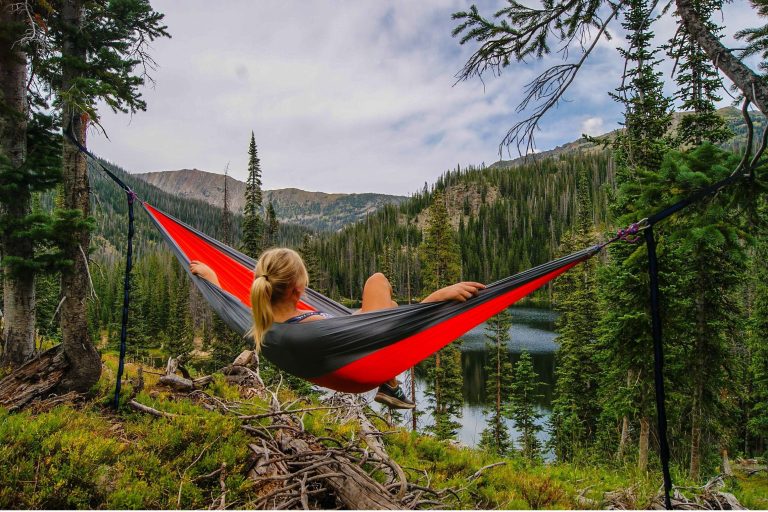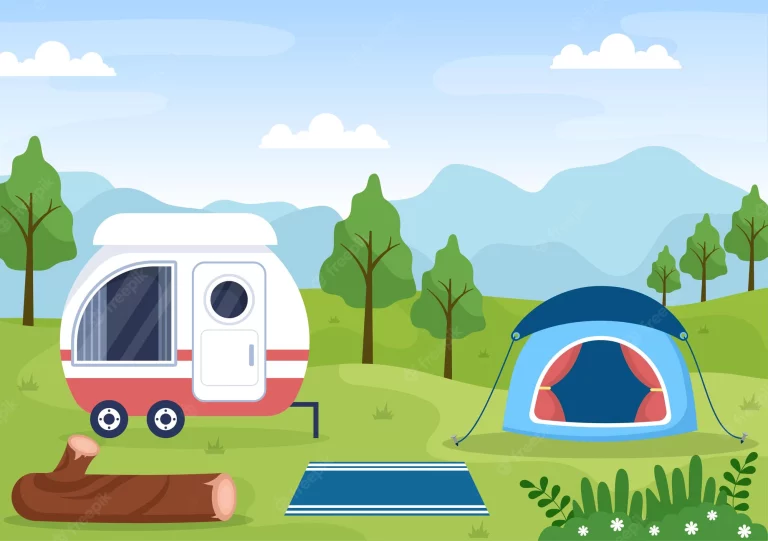How to Block Wind When Camping: 10 Top Tips
Camping is an excellent way to connect with nature and enjoy the great outdoors. However,
it can also come with its fair share of challenges. One of the most common issues campers
face is dealing with windy conditions. Learning how to block wind when camping can make a
significant difference in the overall experience, ensuring a more comfortable and enjoyable
trip.
In this comprehensive guide, we will discuss various strategies and tips that will help
you protect your campsite from the wind.
Table of Contents
How to Block Wind When Camping: Understanding Its Impact on Your Camping Experience
Before diving into the practical tips on how to block wind when camping, it’s essential to
understand how wind can affect your camping experience.
Wind can cause a significant drop in temperature, making it uncomfortable and sometimes
even dangerous to be outside. It’s crucial to stay warm and protected from the wind to
prevent hypothermia and other cold-related issues.
It can also make it challenging to pitch a tent, cook food, and keep your camping gear in
place. This can lead to frustration and even damage to your equipment. Strong winds can
cause falling branches, blowing debris, and other hazards that can pose a threat to your
safety.
10 Major Sections to Block Wind When Camping
1. Pre-trip Planning and Weather Forecast
The first step in dealing with windy conditions during your camping trip is thorough pre-trip
planning. Make sure to check the weather forecast to understand the expected wind speeds,
gusts, and direction. Knowing the wind conditions will allow you to plan your trip accordingly
and prepare for any potential challenges.
Determine Wind Speed Thresholds
It’s essential to understand the wind speed thresholds that may impact your camping
experience. Generally, wind speeds above 30 to 40 mph (48-64 km/h) can be considered too high for camping. At these speeds, tents and other equipment may struggle to withstand the
wind, potentially leading to damage or accidents.
Monitor Weather Updates
Keep an eye on weather updates throughout your trip, as wind conditions can change
rapidly. Being aware of any changes in wind speed or direction will allow you to adjust your
plans and ensure your safety.
2. Campsite Selection and Sheltered Locations
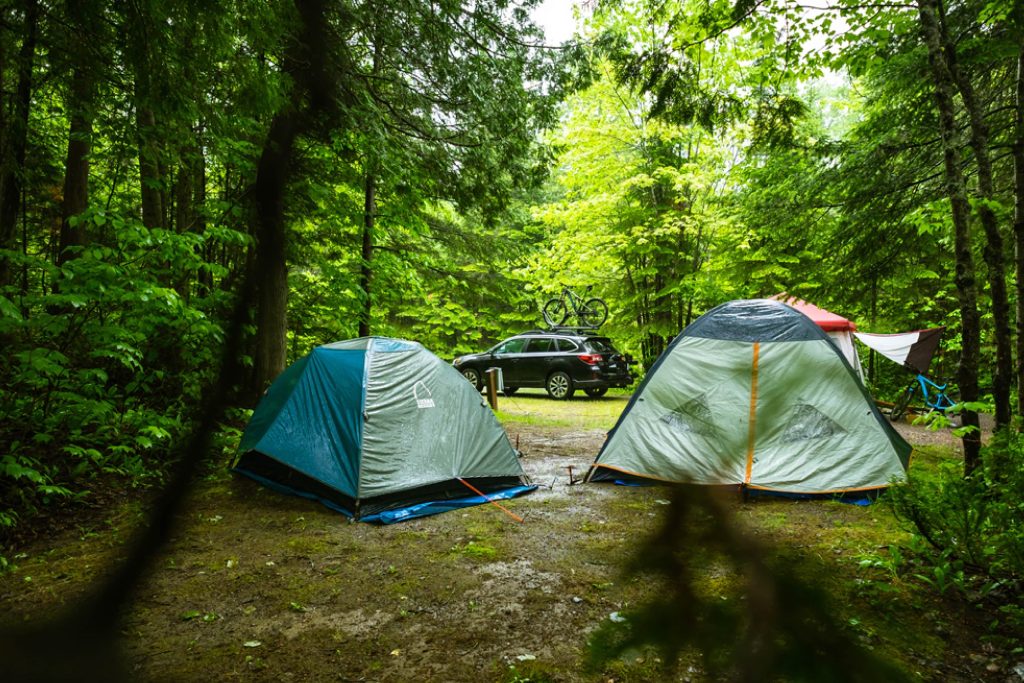
Choosing the right campsite is crucial in dealing with windy conditions. Look for sheltered
locations that offer natural windbreaks, such as:
- Forests or groves of trees
- Hills, valleys, or other terrain features
- Rock formations or cliff faces
Avoid exposed areas, such as open fields or mountain ridges, where wind can be more
intense.
Orientation of the Campsite
When setting up your campsite, consider the wind direction and how it may impact your tent
and other equipment. Position your tent so that its most aerodynamic side faces the wind,
and ensure the door is facing away from the wind to prevent drafts or debris from entering.
3. Tent Selection and Setup
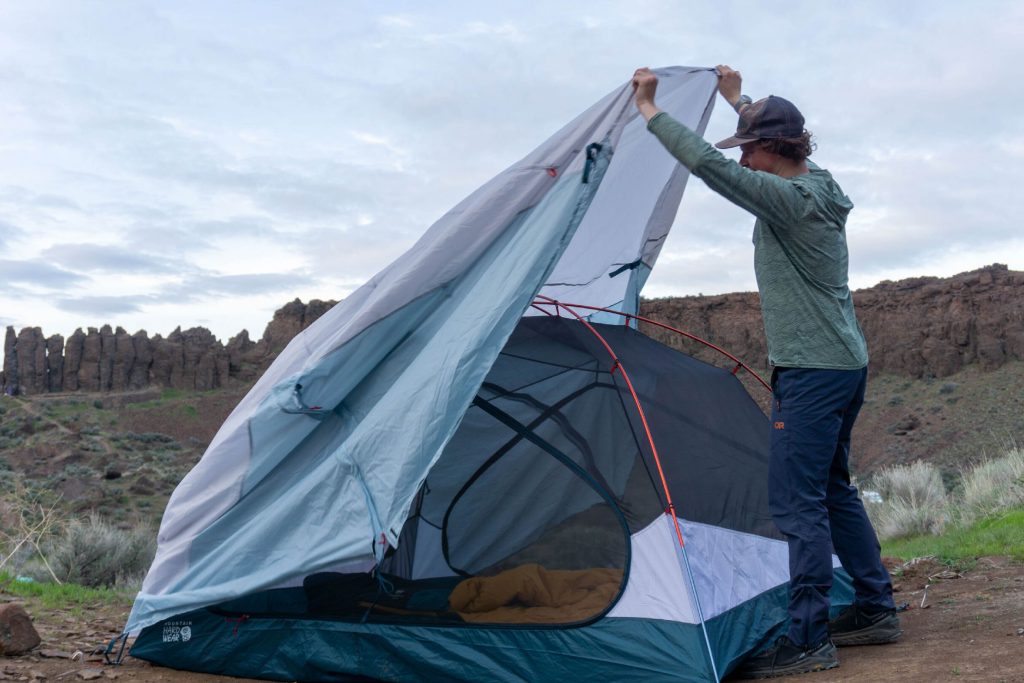
Choosing the right tent for windy conditions is essential in ensuring a comfortable and safe
camping experience. Consider the following factors when selecting a tent:
● Type of tent: Geodesic or semi-geodesic tents with strong frames and aerodynamic
designs are better suited for high winds.
● Size and shape: Smaller, lower-profile tents tend to be more stable in windy
conditions than larger, taller ones.
● Additional features: Look for tents with sturdy poles, waterproof fabric, and strong
guylines for added stability.
Tent Pitching Techniques
When pitching your tent in windy conditions, consider the following techniques:
- As soon as you begin setting up your tent, secure it with stakes or weights to prevent
it from blowing away. - Secure your tent with longer or specially designed windproof stakes for added
stability. - Attach guylines to your tent’s corners and anchor them to trees, rocks, or other sturdy
objects to provide additional support.
4. Windbreaks and Barriers
Creating windbreaks and barriers around your campsite can significantly reduce the impact
of wind. Here are some options to consider:
● Hang tarps or blankets between trees or stakes to create makeshift walls that block
the wind.
● Use rocks, branches, or other natural objects to build a barrier between your
campsite and the wind.
● Set up a tarp shelter adjacent to your tent to provide additional wind protection and
create a sheltered area for cooking or relaxing.
5. Campfire Safety and Cooking
High winds can make starting and maintaining a campfire challenging and potentially
dangerous. Keep the following tips in mind when dealing with campfires in windy conditions:
● Set up your campfire in a sheltered area, away from your tent and other flammable
materials.
● If you’re cooking with a portable stove, use a windscreen to protect the flame and
improve cooking efficiency.
● Keep a close eye on your campfire to ensure it remains under control and doesn’t
pose a risk to your campsite.
6. Gear Management and Storage
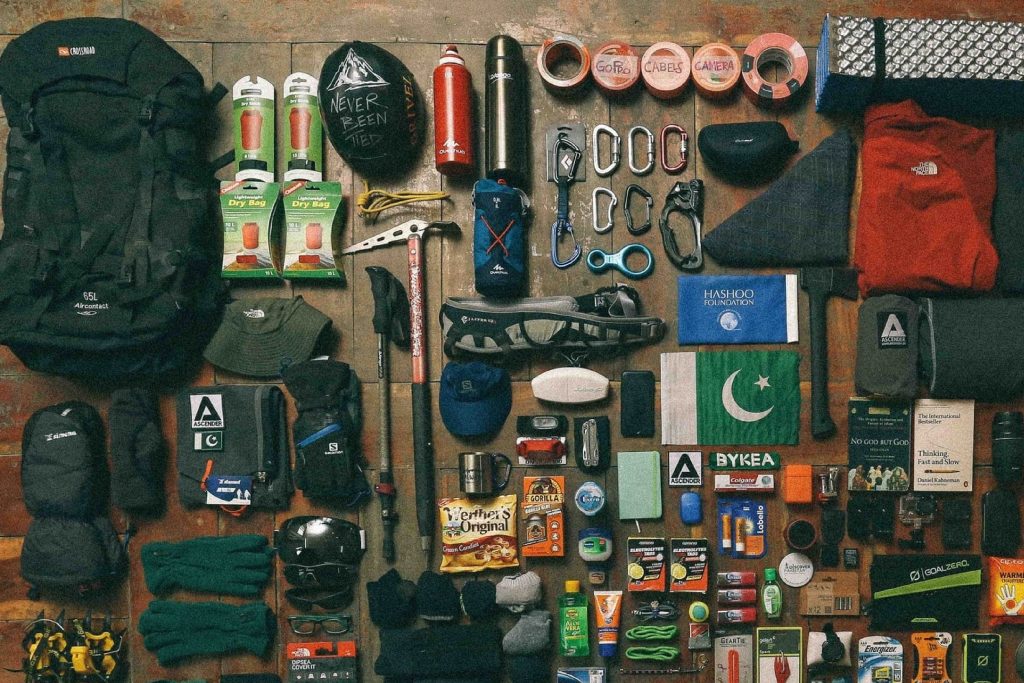
Proper management and storage of your camping gear are essential in windy conditions to
prevent damage or loss. Keep the following tips in mind:
● Tie down or weigh down lightweight gear, such as camp chairs, dry bags, and
clothing, to prevent them from blowing away.
● Keep important items, such as backpacks, electronics, and food, inside your tent to
protect them from wind and potential damage.
● Maintain a clean and organized campsite to reduce the risk of gear being blown away
or damaged.
7. Clothing and Personal Protection
Wearing appropriate clothing and protecting yourself from the wind is crucial for a
comfortable camping experience. Consider the following tips:
- Wear multiple layers of clothing, including a windproof outer layer, to stay warm and
protected from the wind. - Use hats, scarves, gloves, and other accessories to cover exposed skin and protect it
from windburn or irritation. - Bring additional warm clothing in case your initial layers become wet or damaged due
to the wind.
8. Emergency Windbreaks and Shelter
In case of extreme wind conditions, it’s crucial to be prepared to create an emergency windbreak and shelter. Follow these tips to stay safe:
● A tarp and rope can be used to create a temporary windbreak or shelter in an
emergency.
● Familiarize yourself with techniques for building natural windbreaks using rocks,
branches, and other materials available in your environment.
● In extreme situations, an emergency shelter or bivvy bag can provide crucially
protection from the wind and other elements.
9. Sleep Comfort and Noise Reduction
Windy nights can be noisy and uncomfortable, making it difficult to get a good night’s sleep.
Consider these tips for more restful sleep:
● Wearing earplugs can help block out the noise of wind and other disturbances,
allowing you to sleep more comfortably.
● Make sure the edges of your tent are tightly secured to the ground to minimize
flapping and noise caused by the wind.
● If possible, try to sleep with your head facing the wind to minimize the noise and
movement caused by the wind.
How to Block Wind When Camping: Concluding Remarks
Wrapping up our guide on how to block the wind when camping, we hope these strategies
empower you to create a sheltered haven in the face of nature’s gusts. By implementing
these techniques, you’ll be able to mitigate the effects of wind and enhance your camping
experience. Staying informed about weather conditions, selecting the right campsite and
gear, and practicing good judgment will help you make the most of your outdoor adventure.
